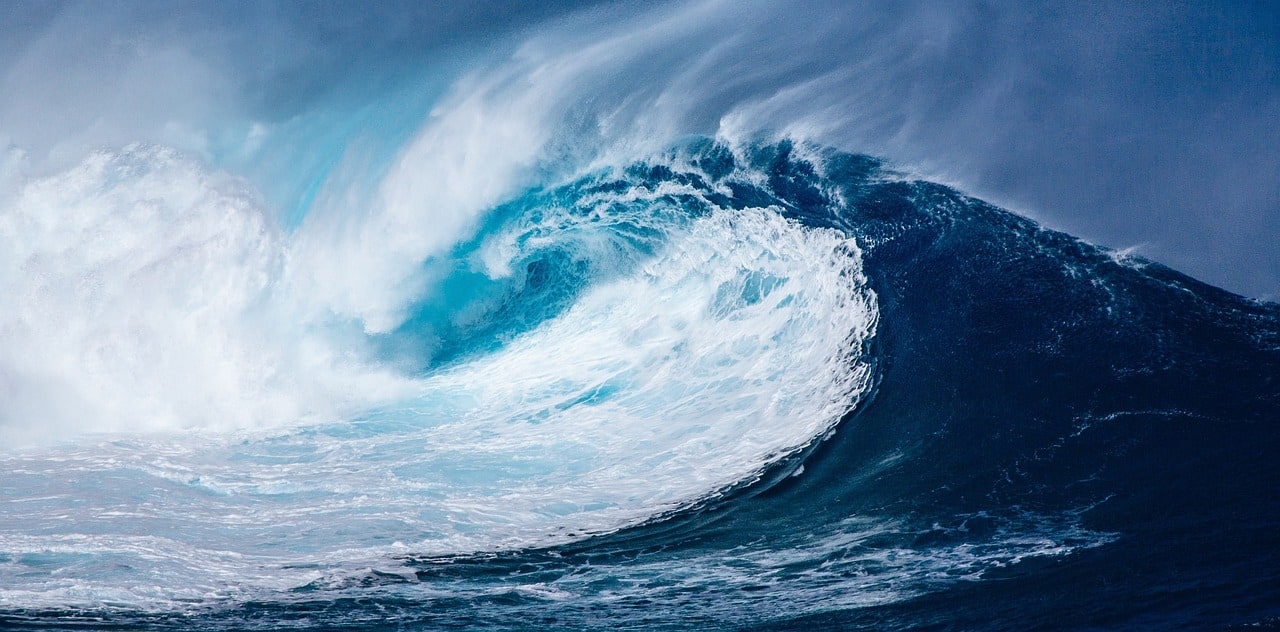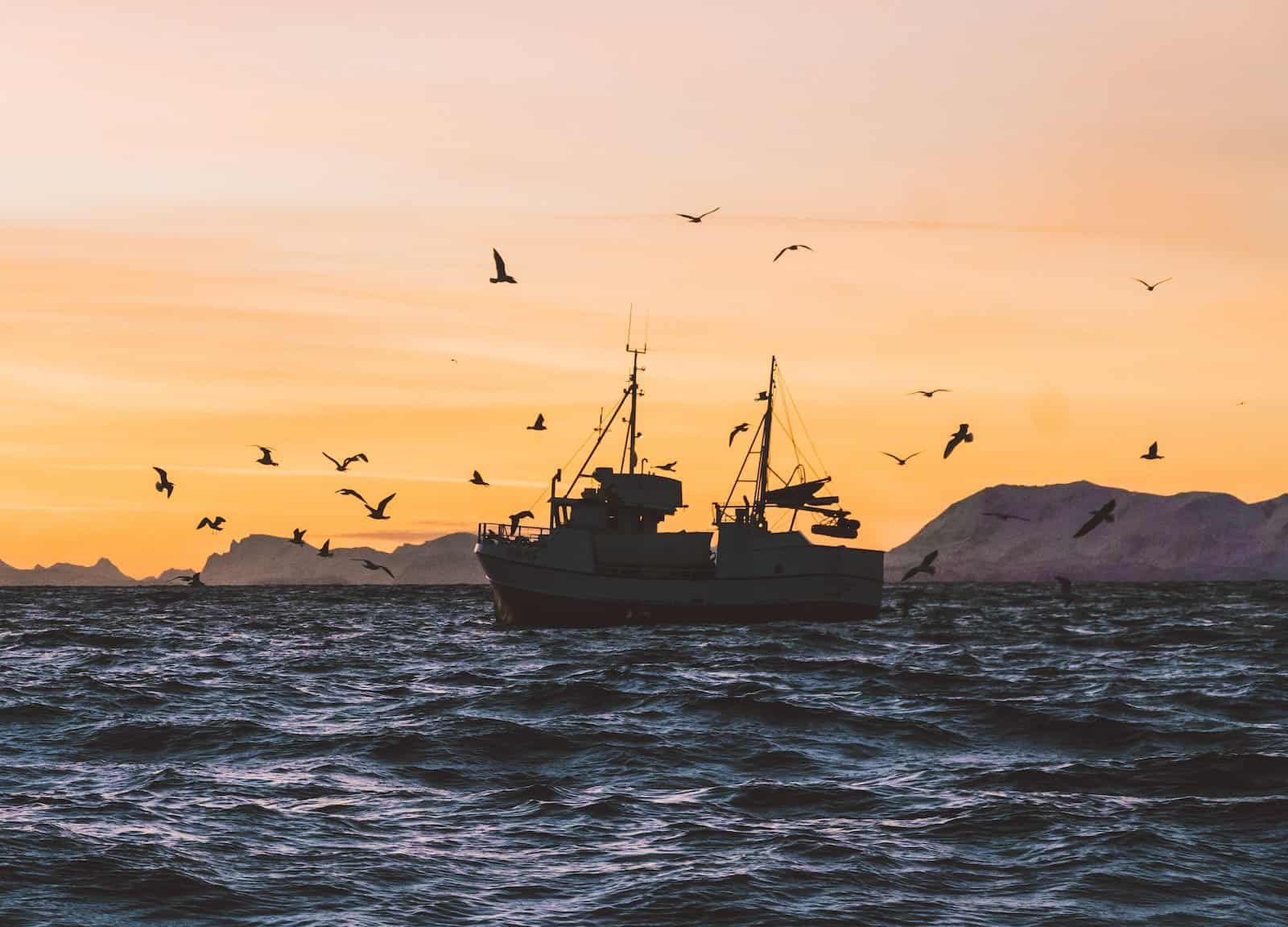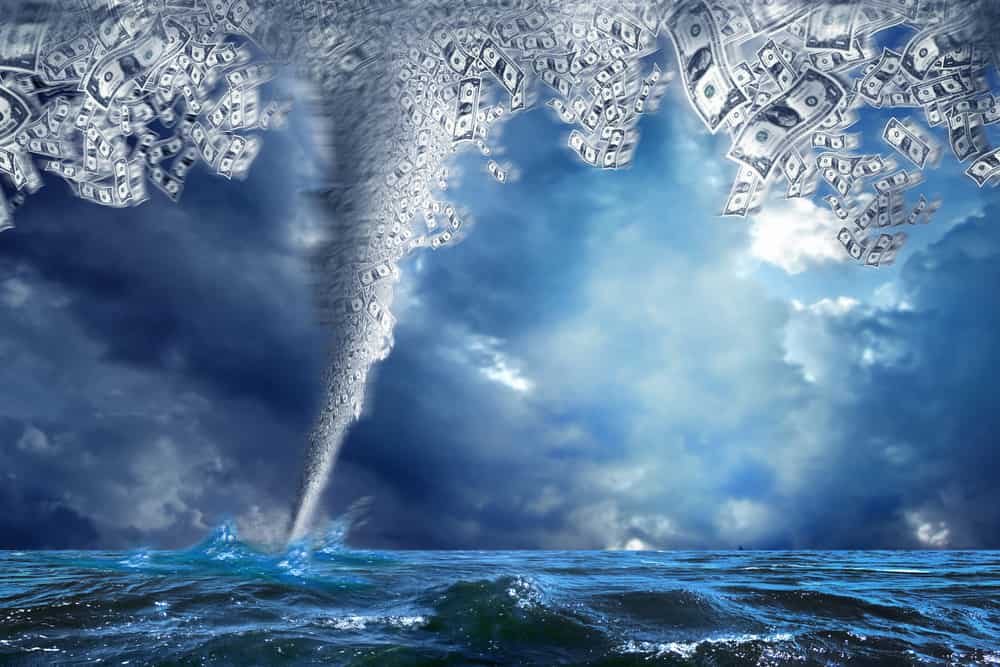FISHING ON THE HIGH SEAS
Proposal of Fishing Ban in the High Seas
Scientists have proposed a novel idea to prevent the collapse of fish stocks due to overfishing: ban fishing in international waters and turn the open ocean into a worldwide reserve. The proposal introduced in the journal PLoS Biology may seem extreme, but scientists say such drastic measures may be necessary if we want to ensure future generations have the same access to seafood. Unless we act now, the journal Science reports that overfishing may permanently take seafood off the menu by 2048.
Australian scientists have proposed that the world’s oceans be closed to commercial fishing so that a “fish bank” can be created to ensure the protection of global fish supplies.
The controversial proposal, put forward by an international team of fisheries ecologists would limit fishing to Exclusive Economic Zones (EEZ) that extend 200 nautical miles (370 km) from a country’s coastline.
The open oceans would therefore be off-limits to commercial fishing operators, a move that would guard against over-fishing and protect current fish stocks.
Overfishing has raised alarms that certain fish populations, such as tuna, swordfish, and marlin, are being exploited at an unsustainable rate. To conserve these populations, researchers propose a short term stoppage on fishing in international waters, or the “high seas”, where fishing is a largely unregulated free-for-all activity that exemplifies the tragedy of the commons. According to the Food and Agriculture Organization, the high seas comprise waters located more than 200 miles from land and make up 64 percent of the ocean’s surface and 95 percent of its volume.
“Freedom of the high seas” is a principle considered by a few to mean that the high seas are res nullius or “without law” and beyond the jurisdiction of any nation State except that of the flag state. Res nullius is an antiquated concept. In fact, customary and conventional international law indicate that the high seas and its resources are subject to res communis or the “law of the commons”. Numerous treaties, including the United Nations Law of the Sea Convention (UNCLOS), restrict the use of the global ocean commons to that which is “reasonable” and does not infringe on the rights of others. “Freedom of fishing” for example, is subject to a whole host of conditions, indicative that the world community considers high seas fishing resources to be common property resources.
UNCLOS, Customary International Law, and States’ Practice
The 1982 United Nations Law of the Sea Convention (UNCLOS), with the exception of Part 11, is generally considered to be a codification of customary international law. It will go into force with respect to the ratifying States, on November 1994. UNCLOS requires nation States to take conservation measures to protect the living resources of the high seas, (articles 116, 117, 118, 119, 120), to co-operate and enter into negotiations with “States whose nationals exploit identical living resources, or different living resources in the same area,” (article 118); “to maintain or restore populations of harvested species at levels which can produce the maximum sustainable yield, as qualified by relevant environmental and economic factors,” (article 119); and to conserve and manage marine mammals in the high seas (article 120). UNCLOS also subjects the freedom to fish on the high seas to “treaty obligations” (article 116 (a)) and “the rights and duties as well as the interests of coastal States” as provided for in provisions dealing with straddling stocks (article 63(2)), highly migratory species (article 64), marine mammals (article 65), anadromous stocks (article 66) and catadromous species (article 67). In order to claim a right to fish on the high seas a State must fulfill the conditions specified. If those conditions are not met, there is no “freedom of fishing”, no right to harvest the resources of the global commons. (Endnote 2.) (See Hewison (1993) for further discussion as to the legal status of large-scale high seas driftnet fishing under UNCLOS.)
By the fall of 1991, several nations had already taken action to ban or strictly regulate driftnet fishing in waters under their jurisdiction, including America Samoa, Australia, Canada, the Cook Islands, the Federated States of Micronesia, Fiji, French Polynesia, Guam, Japan, New Zealand, Norway, Papua New Guinea, Peru, the Republic of China, the Republic of Korea, the Republic of the Marshall Islands, the Republic of South Africa, Tonga, Trinidad and Tobago, Tristan da Cunha, the U.S.S.R., the United States, and Vanuatu. Some States also prohibit their nationals from engaging in driftnet fishing on the high seas and prohibit foreign driftnet vessels from using their ports except in an emergency. Japan prohibited its large scale driftnet fleets from fishing west of 170 deg W to avoid having it compete with its own pole and line and jig fleets.
In addition, several regional organizations of States have sought to prohibit pelagic driftnet fishing. In July 1989, the South Pacific Forum adopted the Tarawa Declaration that called on Japan and Taiwan to immediately abandon their driftnet operations in the South Pacific (Tarawa Declaration 1989). In September 1989, the Joint Assembly of the Associated States in Africa, the Caribbean, and the Pacific (ACP) and the European Economic Community (EEC) members adopted a resolution urging all members States to ban driftnet tuna fishing in their own waters. In October 1989, the Commonwealth Heads of Government (CHOGM) meeting adopted the Langkawi Declaration on the Environment, which committed member States to discourage and restrict non-sustainable fisheries and to seek to ban tangle net and pelagic driftnet fishing. In November 1989, the Organization of Eastern Caribbean States (OECS) adopted the Castries Declaration that requires member States to prevent the use of indiscriminate fishing methods in their EEZS and seeks to establish a regional regime in the Lesser Antilles region that would outlaw the use of driftnets by commercial fishing vessels. In November 1989, the Commission for the Conservation of Antarctic Marine Living Resources confirmed an understanding that no gillnets currently were being used in the Southern Ocean, nor was their use planned by members of the Commission.
In November 1989, the Convention for the Prohibition of Fishing with Long Drift Nets in the South Pacific was opened for signature at Wellington, New Zealand (Wellington Convention 1989). The Wellington Convention requires each party to prohibit its nationals and vessels documented under its laws from fishing with driftnets within the convention area (article 3(1)(a)). Each party must also undertake measures consistent with international law against other driftnet fishing activities within the area, including the transhipment of driftnet catches (article 3(1)(b). Each party may also take measures, if consistent with international law, to prohibit the landing of driftnet catches within its territory, to prohibit the processing of driftnet catches in facilities under its jurisdiction, to prohibit the importation of any fish or fish product caught using a driftnet, and/or to restrict port access and port servicing facilities for driftnet vessels (article 3(2)) The Forum Fisheries Agency is charged with responsibility for collecting, preparing, and disseminating information on driftnet fishing activities in the Convention area (article 6).
Two protocols accompany the Convention: parties to Protocol I, which is open to those countries that fish in the South Pacific region, agree to prevent their nationals and vessels from fishing with driftnets in the convention area. Parties to Protocol II, which is open to all countries in the Pacific Rim, are required not to assist or encourage the used of driftnets in the Convention area and are also obligated to prohibit the use of driftnets in all areas under their fishery jurisdiction and to prohibit the transshipment of driftnet catches within areas under their jurisdiction. Fifteen South Pacific States signed the Convention, which went into force May 17, 1991. In 1992, the United States, Kiribati and Australia ratified the Convention; the United States also ratified Protocol I and Canada and Chili signed Protocol II. New Zealand, a sponsor of UN resolutions 44/225, 45/197 and 46/215, is the depositary of the Convention. In 1991, both New Zealand (Driftnet Prohibition Act) and Australia (Australian Fisheries Management Act of 1991) passed legislation that gave effect to the Wellington Convention. In May 1992, a Treaty on Fisheries Surveillance and Law Enforcement in the South Pacific Regions to enforce the Wellington Convention was completed at the 22nd Forum Fisheries Committee meeting in Niue and signed by the twelve member states of the South Pacific Forum and Palau.



